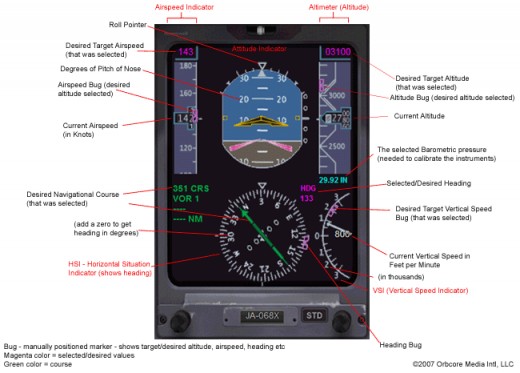

The 2022 Lucid Air should start arriving in driveways later this year - at least, for those who got their preorders in early - with the big Glass Cockpit and Pilot Panel dashboard displays aglow.
Glass cockpit driver#
Standard facial recognition cameras built into the base of the Glass Cockpit detect the driver when settling in at the beginning of a trip, syncing the associated Lucid account and any pre-planned trips automatically. Here is also where you'll manage login information for Lucid's app partners - including Spotify, Tidal, PocketCasts, iHeartRadio, TuneIn and Alexa - as well as their Electrify America charging account. The app will allow users to plan routes and save destinations before leaving home, as well as remote monitoring the climate control, charging state and more.

Outside of the car, Lucid UX will sync with a Lucid user account which is accessible via the Lucid smartphone app, of course. We've previously covered how the integration of Dolby Atmos' spatial audio also enhances the Air's safety systems by adding directionality to the chimes for, for example, the blind spot monitoring or parking aid sensors. The 21-speaker Surreal Sound audio system also offers an invisible layer of auditory interaction, offering 3D audio throughout the cabin for media and music.
Glass cockpit android#
iPhone users will have access to wireless Apple CarPlay USB-wired Android Auto is also standard. (Thanks, for that.) Users will also have access to standard voice control with Amazon Alexa built-in. In addition to the trio of touchscreens, Lucid UX will also feature physical buttons and rollers for certain functions, including a volume roller that lives at the center of the dashboard action. Lucid calls this joining of simple, low-distraction displays up top with access to rich information down below Application Flow.
Glass cockpit full#
Pulling down on recent calls brings up your contacts list and full call history on the lower display. For example, swiping down on the currently playing song on the Glass Cockpit sends the media app down to the Pilot Panel where a larger list of albums, songs and playlists can be browsed by either the driver or front passenger. The Pilot Panel is also where Glass Cockpit apps can be sent when they need a bit more room to breathe. Information regarding Lucid's DreamDrive driver aid system will also appear on the center screen when active, as well as turn-by-turn directions when a destination is selected. The center area can't be touched (the steering wheel is in the way) and is home to your speed, range and battery level info. On the right, you'll find infotainment controls for media, destination selection, handsfree calling and more. The two outer screens are touch sensitive: On the left are basic vehicle controls, such as windshield wipers, defrosters, and headlights.

Like Mercedes' Hyperscreen, Lucid's Glass Cockpit is actually a trio of smaller screens fused together by a single curved piece of glass to give the appearance of a larger continuous 5K LCD display. Lucid UX Glass CockpitĬompared to those giants, the Lucid Air's 34-inch Glass Cockpit seems almost reasonable. Tesla kicked things off with the Model S' 17-incher and things have escalated wildly from there with Byton planning to put a 48-inch curved display in the M-Byte and Mercedes-Benz showing off a 56-inch Hyperscreen panel for the EQS. It seems like big honking screens will be a hallmark of premium and luxury electric cars going forward and it sort of makes sense as a ludicrous display of the high-technology that powers these rides. Lucid has released more information and images of the interior of its upcoming Air electric car, including more details about the Lucid User Experience - or Lucid UX, for short - cabin tech suite that will power the vehicle's massive array of displays.


 0 kommentar(er)
0 kommentar(er)
